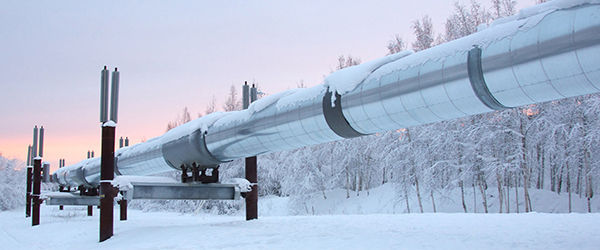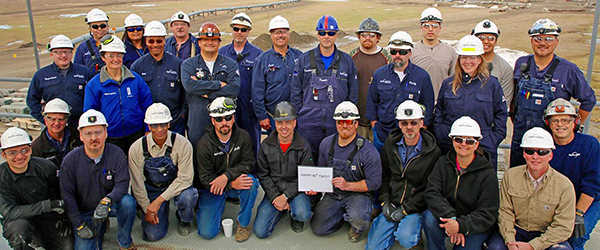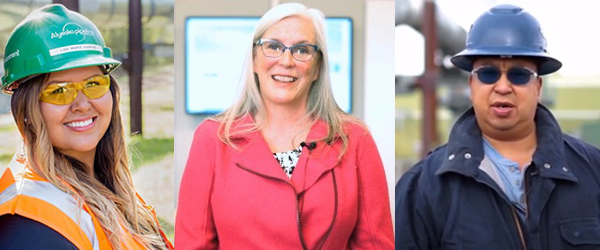Environmental Protection
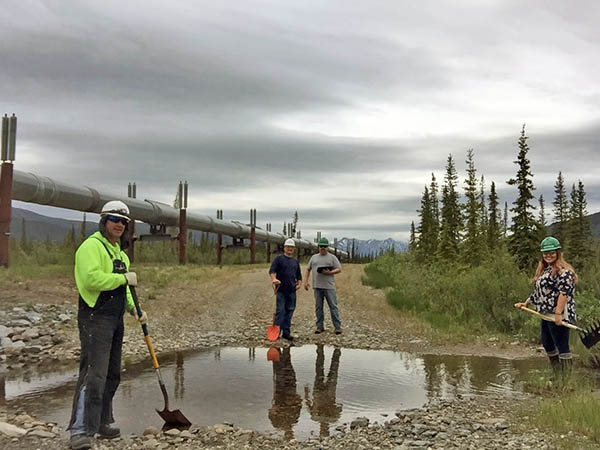
Commitment to Alaska
Alyeska proactively works to minimize environmental impacts through its investment in its environmental program. Alyeska’s Environment team and its work is infused throughout TAPS operations and consists of fish and wildlife protection, employee environmental direction and leadership, and company compliance with environmental laws and regulations.
Alyeska’s current Environment team includes Subject Matter Experts (SMEs) and Environmental Coordinators. SMEs are based in Anchorage, Fairbanks and Valdez, and along the TAPS route, and work closely with maintenance and projects teams. SMEs negotiate permit conditions with environmental agencies and coordinate area-specific programs for Alyeska. Environmental Coordinators work along the pipeline and at the Valdez Marine Terminal and assist with operations, maintenance, projects, and various field-based contract groups to align the work with Alyeska’s environmental philosophy and make sure all workers understand requirements and expectations.
Commitment to the environment extends beyond that department: From operations technicians to urban employees to field catering staff, all employees and contractors are regularly trained about Alyeska’s commitment to regulatory compliance and environmental protection. Awareness is maintained through the delivery of formal classes, online training, informal discussions of requirements at shift change meetings, informational sign postings, and hands-on interaction between environmental professionals and field personnel.
Fish and Wildlife
TAPS personnel are prohibited from disturbing fish, wildlife and animal habitats, including feeding, attracting and unnecessarily disturbing fish and wildlife during TAPS operations and maintenance. Alyeska complies with all environmental laws and regulations and proactively minimizes environmental impacts.
Alyeska’s environmental policies and procedures are outlined in seven environmental protection manuals. These manuals establish the environmental standards for contractors working on TAPS and Alyeska facilities.
Permafrost
Approximately 75 percent of TAPS passes through permafrost terrain. Permafrost depth along the pipeline ranges from a few inches to more than 2,000 ft. The pipeline traverses the Continuous Zone on the North Slope and Brooks Range. It then encounters the Discontinuous and Sporatic Zones and passes through areas of no permafrost in the immediate vicinity of Valdez.
By definition, permafrost is any rock or soil material that has remained below 32 degrees continuously for two or more years. There are five types of permafrost: cold, ice-rich, thaw-stable, thaw-unstable, and warm permafrost. The two-year minimum stipulation is meant to exclude the overlying ground surface layer, which freezes every winter and thaws every summer. This layer is called either “active layer” or “seasonal frost.” Problems that arise as a result of permafrost existence are frost heaving, frost jacking and thaw settlement.
Pipeline design is based primarily on the soil conditions encountered along its right-of-way. The three principal pipeline design modes are above-ground, below-ground, and special burial.
- Where thaw-unstable permafrost exists, problems associated with melting permafrost were avoided by placing the pipeline above ground on an elevated support system known as Vertical Support Members.
- In areas where either unfrozen or thaw-stable permafrost were encountered, the pipeline was buried in the conventional manner.
- Special burial below-ground sites are found in areas where thaw-unstable permafrost was encountered but where the pipeline had to be buried for highway, animal crossings, or to avoid rockslides and avalanches.
Water Quality
In order to use any water, Alyeska has to acquire permits from the State of Alaska Department of Natural Resources. Alyeska acquires special permits to treat, monitor and sample waters to ensure protection of waters in Alaska and beyond.
Alyeska’s Water Quality Program covers three areas: drinking water, wastewater, and water use. Alyeska routinely samples and monitors its drinking water quality to ensure compliance with state drinking water regulations and standards, and uses numerous techniques for treating wastewater. TAPS water sources are as varied as the terrain the pipeline traverses: wells, lakes and creeks, and municipal works.
Generally, pump stations draw water from wells. However, Pump Station 1 hauls water from the North Slope Borough’s Deadhorse facility; the Valdez Marine Terminal draws water from a creek. Domestic treatment systems are designed to treat biological wastes, however Alyeska has treatment systems and administrative processes to ensure industrial waste streams do not enter biological treatment systems.
Learn about water quality work and successes at Alyeska’s Valdez Marine Terminal here.
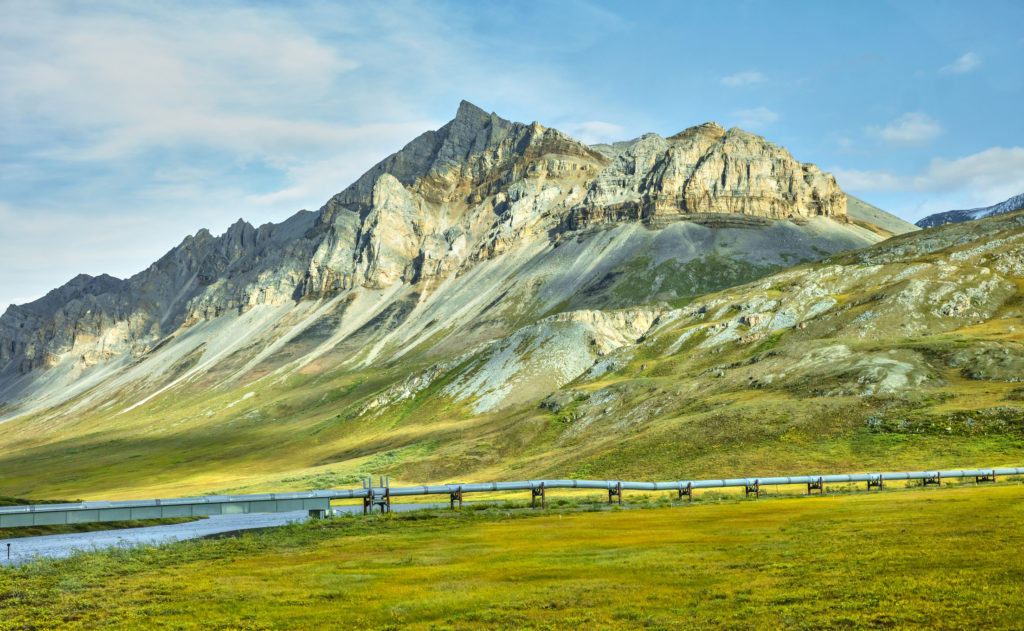
Waste Management
Alyeska views proper waste management as necessary to ensure the health and safety of personnel and protection of the environment. Alyeska collects, transports, processes or disposes all waste materials associated with TAPS operations and maintenance.
Alyeska and TAPS workers have extended Alyeska’s strong commitment to environmental protection by establishing recycling projects and programs along the pipeline and in urban offices. Efforts include programs that recycle electronic waste and cooking oil, repurpose recycled asphalt into upcoming projects, and partnering with other organizations in Valdez and Fairbanks areas to reduce waste and share resources to recycle ink toner cartridges and plastic water bottles.
Alyeska’s waste management policies and procedures can be found in: EN-43-006 Environmental Protection Manual: Pollution Prevention, Waste Management, and Used Oil.
